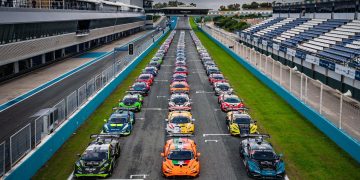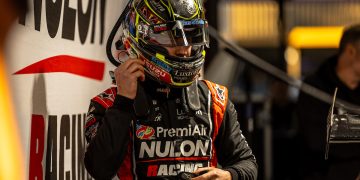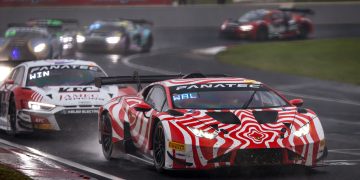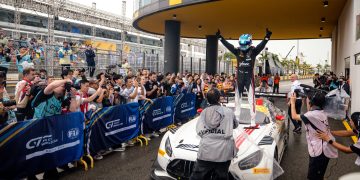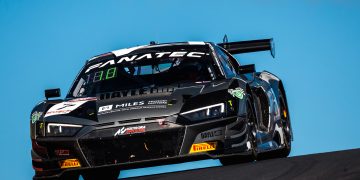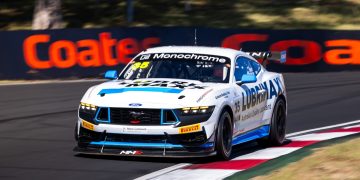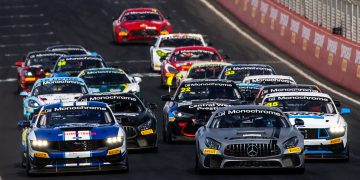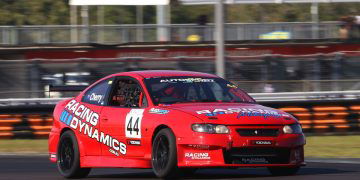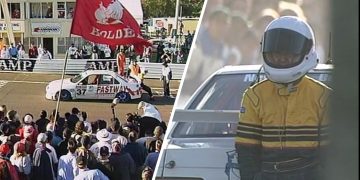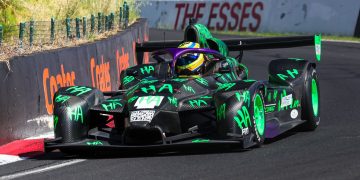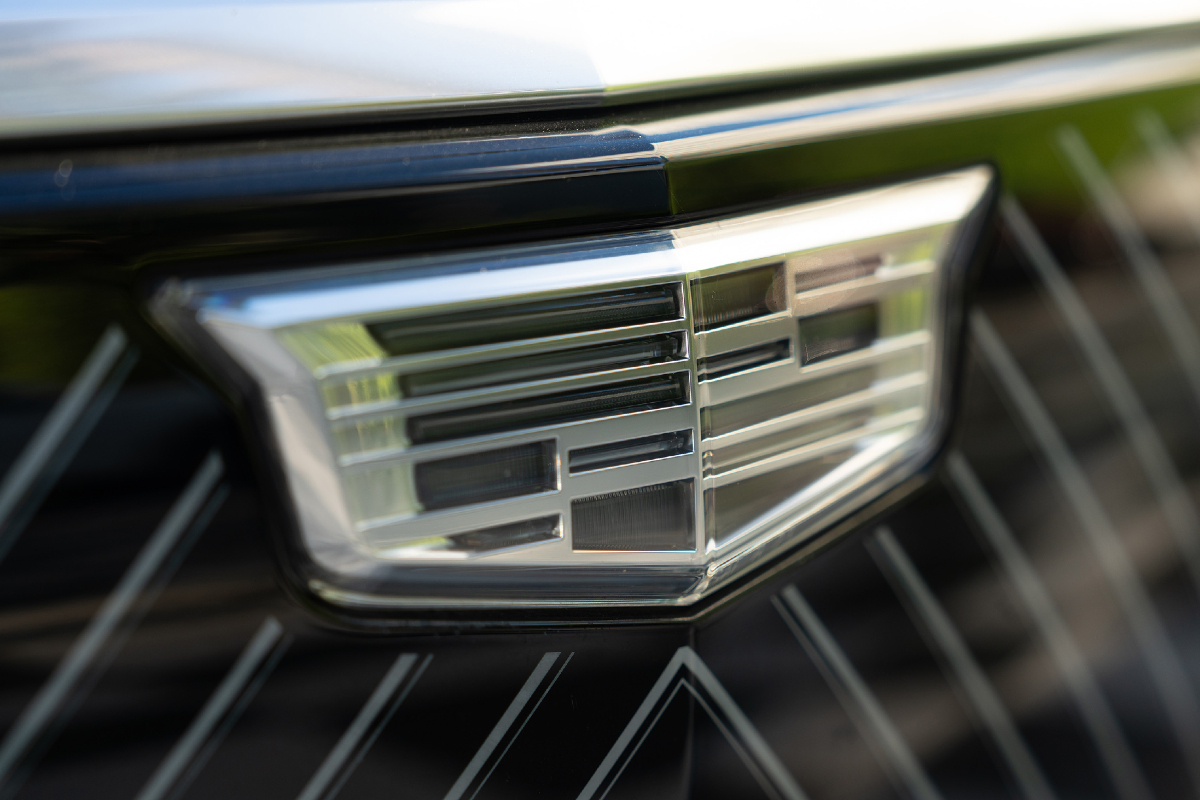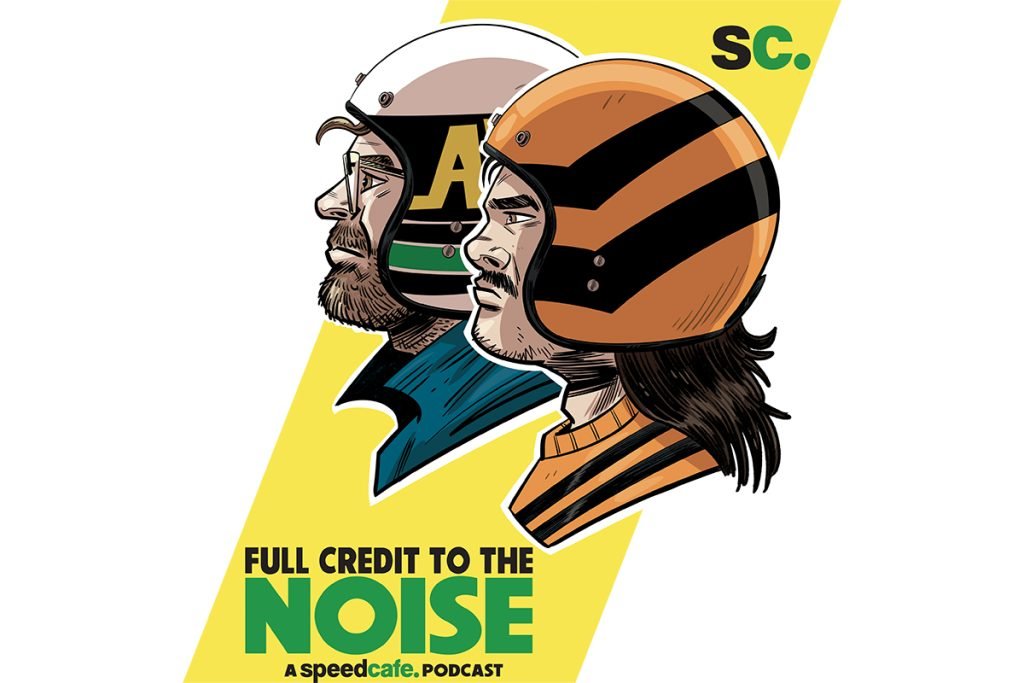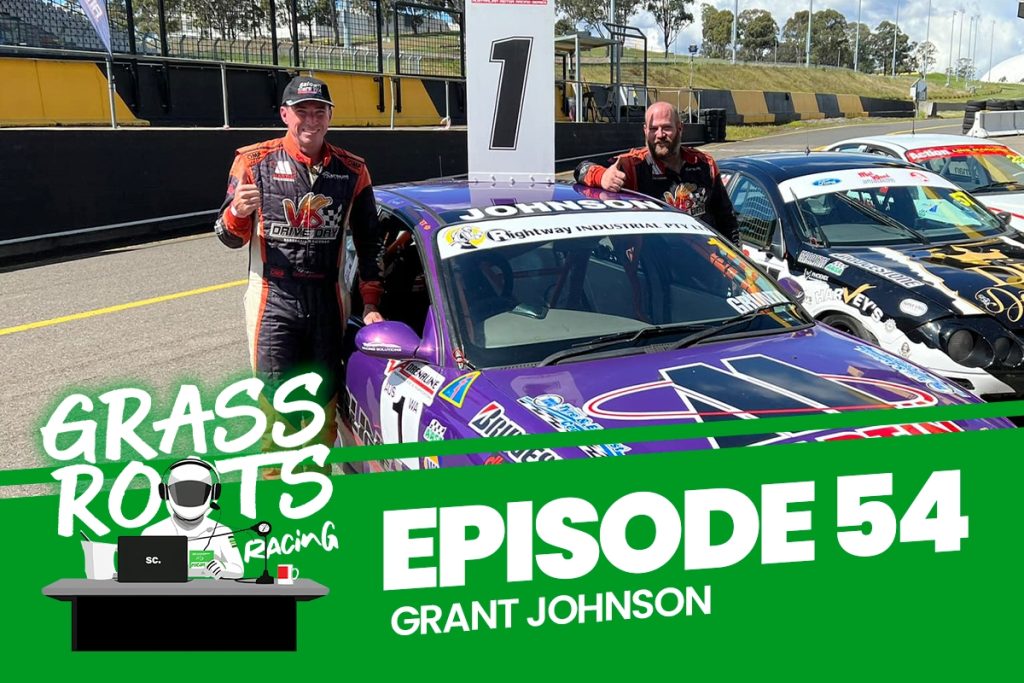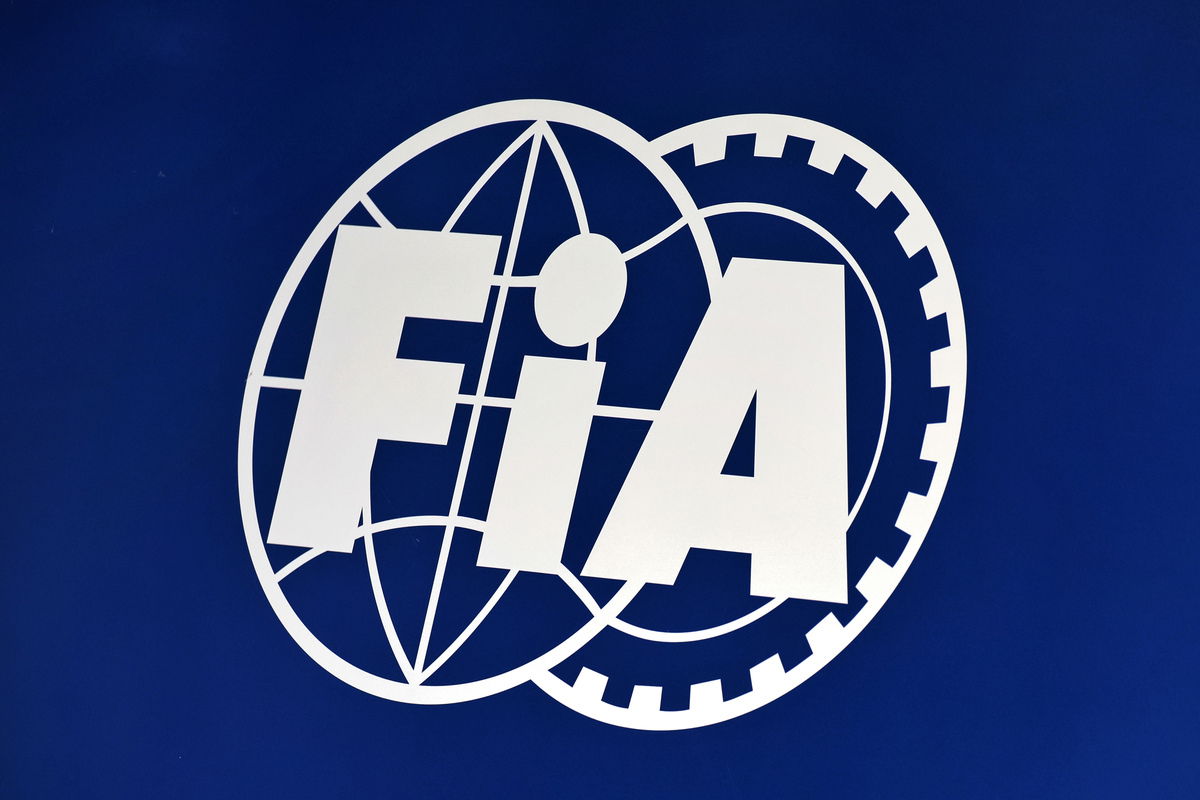
Racing guidelines have been a discussion point for a number of races, with incidents at the United States and Mexico City Grands Prix highlighting weaknesses in the current definition.
Off the back of those events, and with concerns from the drivers in mind, the Qatar meeting was scheduled to address those issues and reposition the guidelines for 2025 where necessary.
“The meeting was the most productive one we’ve [ever] attended,” said Australian Garry Connelly, chairman of the FIA stewards in Formula 1.
“The drivers were fantastic with their input. Very constructive. There was not one negative comment. There was no finger-pointing.
“It was very inspiring to see the world’s best drivers, communicating clearly and speaking constructively on how we can improve the Driving Standard Guidelines to the benefit of the drivers and to make all of our jobs easier.
“As Stewards, we are not here to inflict pain on drivers.
“We’re here to provide a level playing field. It’s not us against the drivers, it’s the drivers against the drivers and we’re here to make sure everyone gets a fair go.”
In recent years, the racing guidelines document has evolved from a comparatively simple two-page document to something rather more complex.
It defines what a driver’s rights and responsibilities are when attacking or defending on either the outside or inside of a corner.
That includes how far alongside, and by when, any attacking car must be to be entitled to racing room.
Some of those specifics have given cause for complaint this season, with the common consensus that drivers can abuse the guidelines by rushing to the apex.
No outcomes or changes to the racing rules were revealed from the meeting though feedback from drivers on initiatives such as the installation of gravel strips on corner exits was positively received.
“As the FIA, we work continuously with circuits to evolve in many ways,” said Tim Malyon, FIA single-seater sporting director and former FIA safety delegate.
“Obviously, we are working on the safety aspect of circuits. But what that meeting highlighted is that there are a number of considerations on the sporting side, which we can prioritise for circuits going forward.
“As we have done this year, we introduced the gravel traps, starting in Austria, and obviously, with this weekend being perhaps the most obvious with gravel traps added in a in a number of places.
“We continue to work with circuits on all topics, but it was very useful in yesterday’s meeting to get the insight of the drivers and see how they prioritise the gravel track concept, not only for track limits, but also for managing some of the situations that have arisen with overtaking during the course of the last four or five races. In all, there was a commitment to work together to find solutions that work for everyone.”

 Shop
Shop

